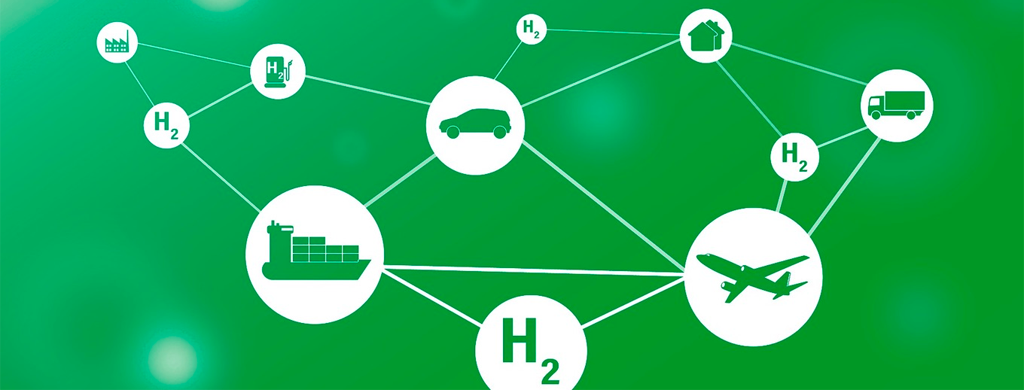With their hydrogen network for a climate-neutral Germany (H2 network 2050), the German gas transmission system operators (TSOs) demonstrate that they can build an efficient and reliable national network at moderate investment costs. The H2 network 2050 has been developed from the "Visionary Hydrogen Network" published by the TSOs in January 2020. That first vision of the future incorporated many considerations, but it did not include network simulation to determine future hydrogen transmission capacity requirements. The H2 network 2050 on the other hand is based on more detailed network planning.
H2 network 2050 parameters
The total length of the H2 network 2050 is about 13,300 km, some 11,000 km of which are repurposed natural gas pipelines. The underlying scenario continues to assume for the future that the demand for "green" methane will be similar to the demand for hydrogen. In a scenario where less methane is used (as described, for example, in the recently published dena pilot study Towards Climate Neutrality), further optimisation potential could be leveraged by converting more pipelines to pure hydrogen.
The planned hydrogen transmission network can provide an energy quantity of 504 TWh (net calorific value) at a peak demand of around 110 GWh/h. More recent studies such as the follow-up study conducted after dena's pilot study I (Towards Climate Neutrality) confirm the order of magnitude of the assumed future H2 demand.
H2 network planning details
The H2 network 2050 is based on a simulation of the fluid mechanics. For this purpose, the TSOs defined specific capacities at all entry and exit points of the future network, which meant regionalising the capacities assumed in the scenario for the industrial sector based on existing sites and production volumes currently available. Consumption in the transport sector was regionalised on the basis of the existing refuelling station network and vehicle registrations. For the heating market this was done mainly on the basis of population figures.
In the simulations, future hydrogen demand is primarily met by imports. The capacities at the cross-border IPs are based on the assumed hydrogen production potential in the different regions. Following on from the assumptions underlying the dena pilot study I TM95 scenario, the TSOs included approx. 63 GW of electrolyser capacity for 2050, most of which is located in northern Germany.
For the design of the network, the TSOs considered different load scenarios depending on the availability of renewables and cavern storage capacity connected to the pipeline network.
Find more info here:
Wasserstoffnetz 2050: für ein klimaneutrales Deutschland – FNB GAS (fnb-gas.de)

